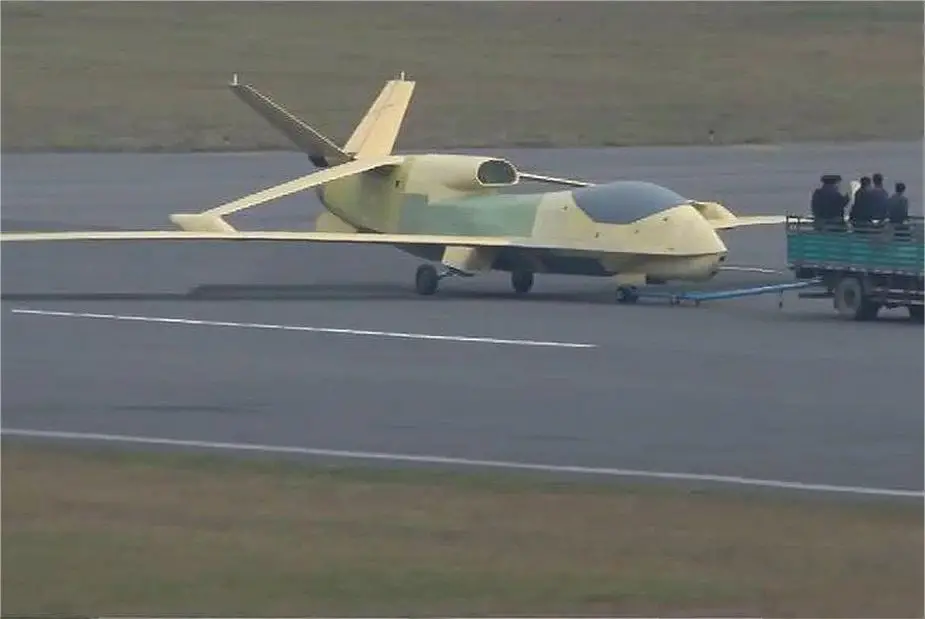China has used the Soar Dragon, one of its bigger UAV (Unmanned Aerial Vehicle) to perform surveillance mission of US Navy ship USS Antietam, a Ticonderoga-class guided-missile cruiser of the United States Navy, as it sailed through Taiwan Strait, which separates the autonomous Taiwan Island from the Chinese mainland, on July 25, 2019, according to news published by a Taiwanese media.

Chinese-made Soar Dragon / Xianglong Unmanned Aerial Vehicle UAV HALE High-Altitude Long Endurance (Picture source Chinese Internet)
The Soar Dragon drone, also named Xianglong in China is an unmanned aerial vehicle (UAV) in the category of High-Altitude Long Endurance (HALE), featuring an unusual joined, tandem wingplan. The Soar Dragon, designed by Chengdu Aircraft Corporation and constructed by Guizhou Aircraft Industry Corporation was displayed for the first as a scale model at the Zhuhai Air Show in 2006.
According to Internet Chinese military sources, the Soar Dragon drone is in service with the Chinese Air Forces and has been designed to be an answer to the American-made Northrop Grumman RQ-4 Global Hawk, considered to be the most well-known unpiloted surveillance drone in the world. The design of the Soar Dragon seems very similar to the Northrop Grumman RQ-4 Global Hawk, except for the wing and the configuration of vertical stabilizers.
In 2011, a prototype of the Soar Dragon was photographed at an airfield in Chengdu, and its first successful flight occurred in 2013. In the summer of 2016, a picture was published on Internet appeared to indicate that the Xianglong had entered production, and by late 2016, there were reports in state media that it was undergoing final testing by the Chinese Air Force.
The Soar Dragon or Xianglong has a cruise speed of 750 kilometers per hour, a maximum flight range of 7,000 km and a combat range of 2,000 km. It is capable of operating for 10 hours in the sky and can fly up to an altitude of 18,000 meters. It is powered by a single Guizhou WP-13 turbojet.














